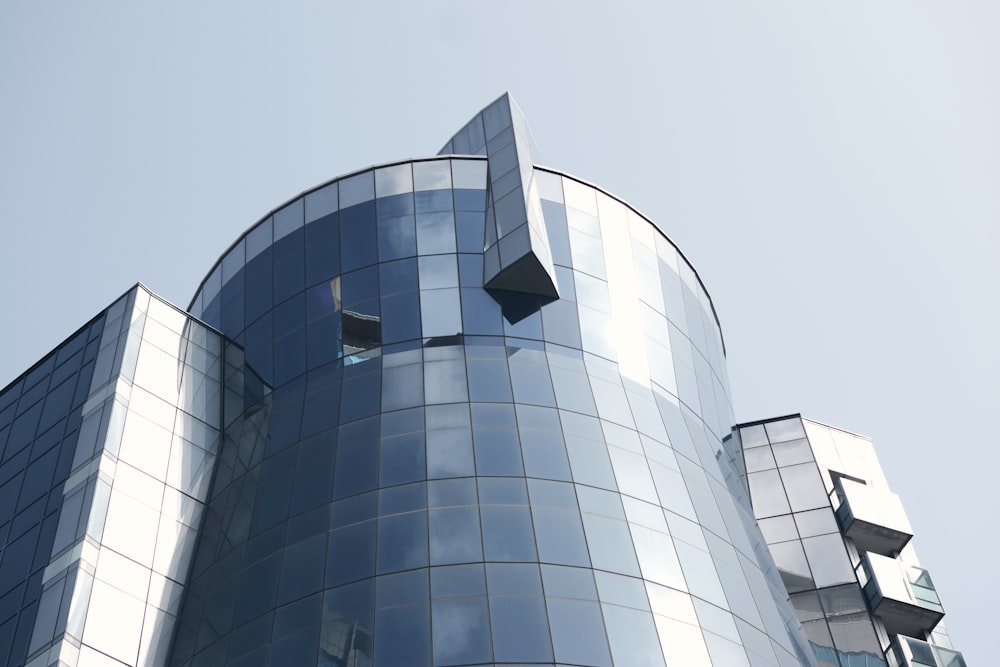Tổng hợp bài luyện đọc IELTS Reading: Summary Completion (Part 3)
Bài ôn tập số 2
10:00
READING PASSAGE 2
Flawed Beauty: the problem with toughened glass
On 2nd August 1999, a particularly hot day in the town of Cirencester in the UK, a large pane of toughened glass in the roof of a shopping centre at Bishops Walk shattered without warning and fell from its frame. When fragments were analysed by experts at the giant glass manufacturer Pilkington, which had made the pane, they found that minute crystals of nickel sulphide trapped inside the glass had almost certainly caused the failure
The glass industry is aware of the issue, says Brian Waldron, chairman of the standards committee at the Glass and Glazing Federation, a British trade association, and standards development officer at Pilkington. But he insists that cases are few and far between. It’s a very rare phenomenon,’ he says
Others disagree. ‘On average I see about one or two buildings a month suffering from nickel sulphide related failures,’ says Barrie Josie, a consultant engineer involved in the Bishops Walk investigation. Other experts tell of similar experiences Tony Wilmott of London-based consulting engineers Sandberg, and Simon Armstrong at CladTech Associates in Hampshire both say they know of hundreds of cases. ‘What you hear is only the tip of the iceberg’ says Trevor Ford, a glass expert at Resolve Engineering in Brisbane. Queensland. He believes the reason is simples: ‘No-one wants bad press’
Toughened glass is found everywhere, from cars and bus shelters to the windows, walls and roofs of thousands of buildings around the world. It’s easy to see why. This glass has five times the strength of standard glass, and when it does break it shatters into tiny cubes rather than large, razor-sharp shards. Architects love it because large panels can be bolted together to make transparent walls, and turning it into ceilings and floors is almost as easy
It is made by heating a sheet of ordinary glass to about 620 °C soften is slightly, allowing its structure to expand, and then cooling it rapidly with jets of cold air. This causes the outer layer of the pane to contract and solidify before the interior. When the interior finally solidifies and shrinks, it exerts a pull on the outer layer that leaves it in permanent compression and produces a tensile force inside the glass. As cracks propagate best in materials under tension, the compressive force on the surface must be overcome before the pane will break, making it more resistant to cracking
The problem starts when the glass contains nickel sulphide impurities. Trace amounts of nickel and sulphur are usually present in the raw materials used to make glass, and nickel can also be introduced by fragments of nickel alloys falling into the molten glass. As the glass is heated these atoms react to form tiny crystals of nickel sulphide. Just a tenth of a gram of nickel I the furnace can create up to 50,000 crystals
These crystals can exist in two forms: a dense form called the alpha phase, which is stable at high temperatures, and a less dense form called the beta phase, which is stable at room temperatures. The high temperatures used in the toughening process convert all the crystals to the dense, compact alpha form. But the subsequent cooling is so rapid that the crystals don’t have time to change back to the beta phase. This leaves unstable alpha crystals in the glass, primed like a coiled spring, ready to revert to the beta phase without warning
When this happens, the crystals expand by up 4%. And if they are within the central, tensile region of the pane, the stresses this unleashes can shatter the whole sheet. The time that elapses before failure occurs is unpredictable. It could happen just months after manufacture, or decades later, although if the glass is heated – by sunlight, for example – the process is speeded up. Ironically, says Graham Dodd, of consulting engineers Arup in London, the oldest pane of toughened glass known to have failed due to nickel sulphide inclusions wars in Pilkington’s glass research building in Lathom, Lancashire. The pane was 27 years old
Data showing the scale of the nickel sulphide problem is almost impossible to find. The picture is made more complicated by the fact that these crystals occur in batches. So even if, on average, there is only one inclusion in 7 tonnes of glass, if you experience one nickel sulphide failure in your building, that probably means you’ve got a problem in more than one pane. Josie says that in the last decade he was worked in over 15 buildings with the number of failures into double figures
One of the worst examples of this is Waterfront Place, which was completed in 1990. Over the following decade, the 40 storey Brisbane block suffered a rash of failures, Eighty panes of its toughened glass shattered due to inclusions before experts were finally called in. John Barry, an expert in nickel sulphide contamination at the University of Queensland, analysed every glass pane in the building. Using a studio camera, a photographer went up in a cradle to take photos of every pane. These were scanned under a modified microfiche reader for signs of nickel crystals. ‘We discovered at least another 120 panes with potentially dangerous inclusions which were then replaced,’ says Barry. ‘It was a very expensive and time-consuming process that took around six months to complete.’
Though the project cost A$1.6 million ( nearly 700,000), the alternative – re-cladding the entire building – would have cost ten times as much
Nguồn: Cambridge ielts 5




